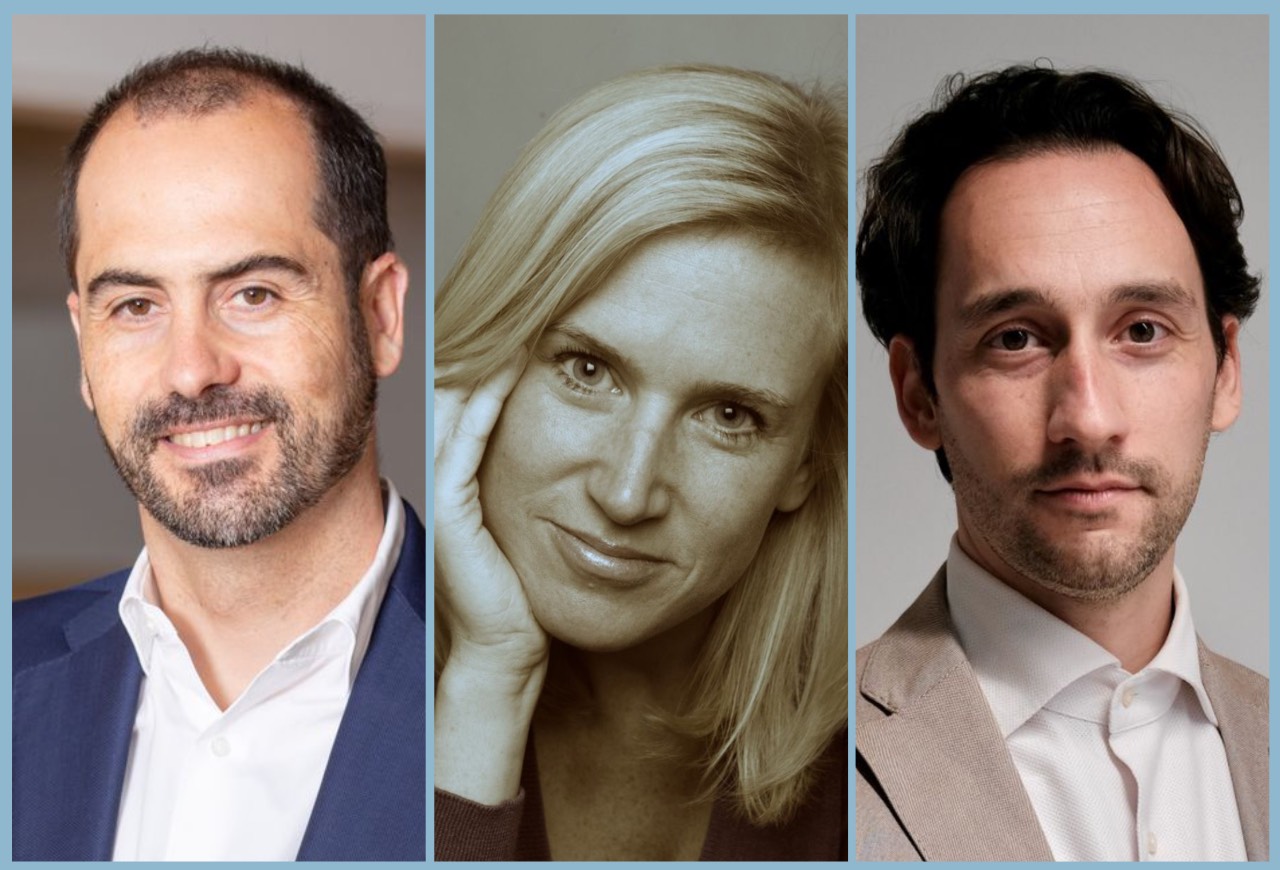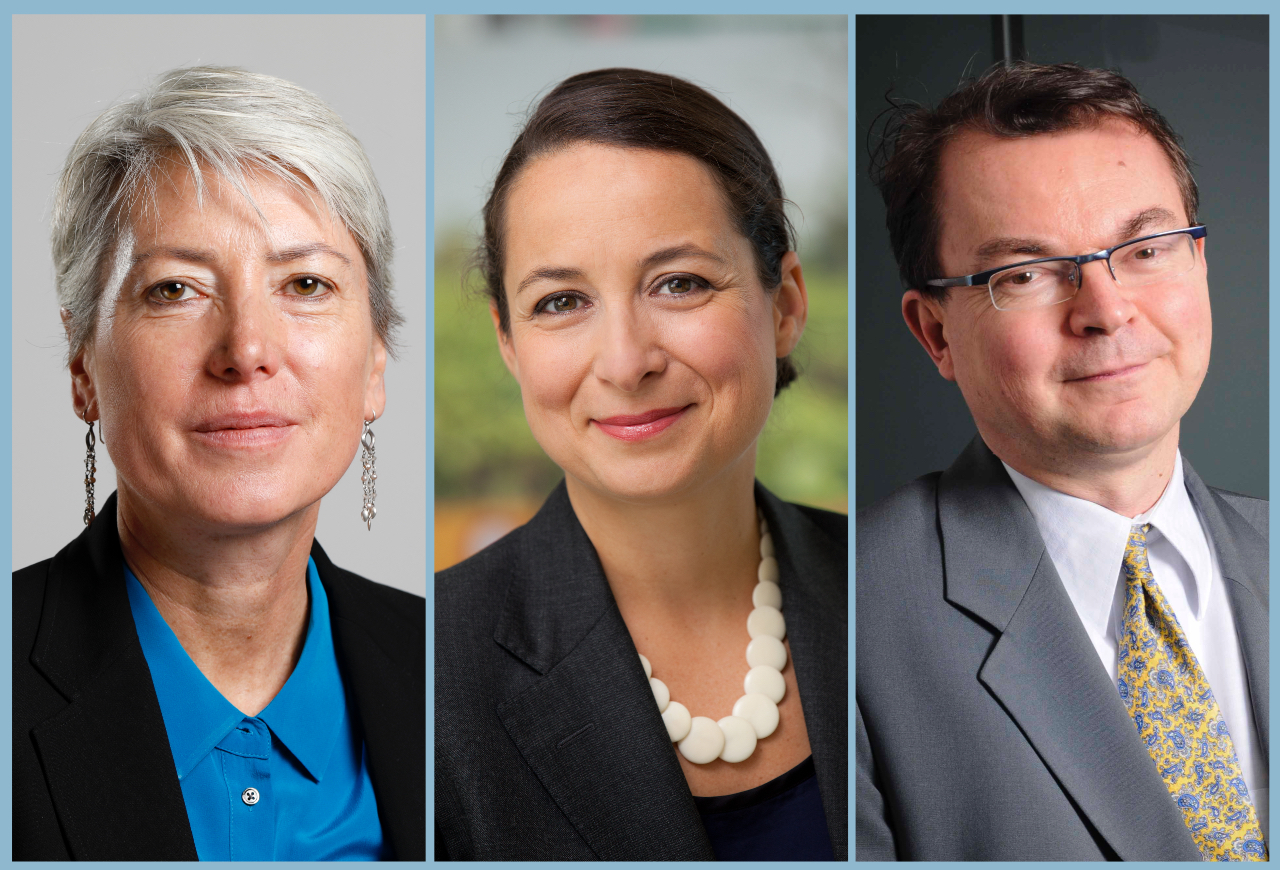The Global Steering Group for Impact Investment (GSG) covers 35 countries through a network of National Advisory Boards (NABs). Three of Europe’s NABs share their views on the progress made so far and future challenges.

Spain: SpainNAB
José Luis Ruiz de Munain, CEO and co-founder:
Over the past decade, Spain’s impact investment sector has been driven by private equity and venture capital with the launch of the first impact investment funds in the early 2010s. Around this time, Spain’s regional governments also started to look at impact finance, but with no national impact investment agenda the approach to impact investment has been very fragmented. At the SpainNAB, we are working to change that.
We launched in June 2019, following research we conducted with ESADE business school to try to document the state of impact investment in Spain. This created a lot of excitement and momentum in the impact ecosystem and the resulting report has served as our compass, with five guiding principles to drive impact investment across the country.
Right now, we are working on delineating the meaning of impact investment and how it differs to, for example, sustainable investment, and we are asking questions such as: Can you have impact investment in listed markets delivering intentionality, measurability, and additionality? Hopefully, the Global Impact Investing Network’s (GIIN) public consultation around impact investment in listed equities will shed some light on this question.
To unlock greater flows of capital, we need instruments that can combine sustainable investment in listed markets with impact investment in private markets
José Luis Ruiz de Munain
We are also looking at how we attract players from the mainstream social economy in Spain, a sector which is being revised under the framework of the EU’s newly launched European Action Plan for the Social Economy, from which instruments such as blended finance or social impact bonds are emerging as powerful tools to scale social innovation.
From a regulatory perspective, we are working on how to mobilise institutional investment towards social enterprises and here, we are looking at the French 90/10 model. If we want to unlock greater flows of capital, we need products and instruments that can combine sustainable investment in listed markets with impact investment in non-listed markets, usually rooted in regional and local markets. The success of the 90/10 model shows you can combine both things.
What we are missing in Spain is the participation of the public sector. We need to engage with the public sector to either mobilise investment, as the Portuguese have successfully done with the mobilisation of €200m from the European Social Fund, or to change regulation to facilitate the growth of the industry, as the French have done with the introduction of regulation which enabled the launch of the 90/10 funds.
SpainNAB is meeting with different policymakers and public sector officials to discuss how we do this – an important milestone will be an event in 2023 in the Spanish Congress to present our case. In Q3 of 2023, Spain takes over the presidency of the European Union and we will be working to ensure that impact is firmly on the agenda. The time has come for the public and private sectors to collaborate.
Sweden: Swedish National Advisory Board for Impact Investing
Jenny Carenco, secretary of the board:
Sweden has long been recognised as a pioneer in the fight for equal rights. Historically, Swedish leaders across the political spectrum have been committed to building an inclusive, sustainable society and future.
The Swedish public, in particular, are very environmentally aware and socially conscious. In fact, part of the motivation for setting up the Swedish NAB and one of the reasons for the increase in impact investing over the past five years, has been a growing desire from the public to invest their pensions into companies that have a positive impact, or at the very least, are not causing any harm.
However, much of the focus on inclusivity is underpinned by a culture of consensus and it is this need for consensus that has also led to a dilution of the market, with the impact label being applied to a loose range of financial products. This is why having a clear definition of impact in Sweden is of particular importance.
Being clear on what impact investment means and the requirements for carrying that label, will also ensure the sector does not remain underfunded, with stakeholders more able to distinguish and choose between different levels of sustainable investing.
This is why we are building on the work of the GSG and the GIIN to increase accountability in the sector on a national level and getting the definitions of what impact is, more widely accepted and understood. To this end, we have published our Guiding Principles, which act as frameworks to help relevant stakeholders define impact and build their impact strategies around them. These have received growing interest from large institutional funds, particularly from large pension fund managers, who have been asking for help in classifying their fixed income assets in response to growing accountability and reporting requirements.
Being clear on what impact investment means and the requirements for carrying that label, will also ensure the sector does not remain underfunded
Jenny Carenco
And it is great to see this move towards greater professionalisation in the sector. Both fixed income and other debt-like assets have the potential to play an extremely powerful role in driving impact investment into companies where the equity itself might not be classified as impact, but an earmarked loan or the proceeds of a bond might be.
We are also working to engage the Swedish government, which has more often than not deferred investment into solving societal issues to the municipalities. By investing alongside municipalities, the government can de-risk innovation using innovative financial instruments such as outcomes-based financing or procurement, and amplify results beyond regional borders.
Public opinion in favour of more sustainable investment will continue to gather pace, with little acceptance for a lack of transparency and a need to understand where on the sustainability or impact scale a company, organisation or fund is situated. I can envisage there being a stamp in the future to say ‘this is responsible’, ‘this is sustainable’ and ‘this is impact,’ with very clear definitions of what this means.
Italy: Social Impact Agenda per l’Italia (SIA)
Filippo Montesi, secretary general:
The launch of the Social Impact Investment Taskforce in 2013, the predecessor of the GSG, was a water- shed moment for impact investment in Italy, which has grown exponentially ever since.
Italian research centre Tiresia sized the market at €8bn in 2019, with loans and other debt instruments accounting for 84% of capital commitments and equi-ty impact funds making up the remaining 16%. New research is expected from Tiresia and the EVPA in December 2022, and although the market is anticipated to have grown further still, it will be interesting to see by how much.
Although impact investing continues to be dominated by the banks, which in the past five years have started to offer tailored products for social enterprises and social cooperatives, some of the most recent growth in the sector has come from equity impact funds. As these funds have increased in size, their ability to invest in impact growth startups has also increased. There has also been growing interest from institutional investors, including pension funds, who are starting to look to impact as a long-term investment and are curious about its resilience to market volatility, which SIA is working hard to make investors aware of.
Banking foundations also play a critical role and have been investing in impact funds as well as working with impact investors to create blended finance solutions, including hybrid instruments that convert debt to equity or that combine grant making with equity investments.
But as the market grows, so does the risk for impact washing. This is not always intentional behaviour but the unintended consequence of a lack of knowledge and skills. Nevertheless, impact washing presents not just a cultural risk but a market risk because of the potential it has to erode trust, and with it the growth of the market and the effectiveness of the impact itself.
Impact washing presents not just a cultural risk but a market risk because of the potential it has to erode trust
Filippo Montesi
In response to this threat, we have established a working group at SIA, which wants to encourage some degree of standardisation around impact to help investors define what impact investing is. We are also responding to demand from investors for help in understanding how to measure and manage impact, particularly in relation to EU regulations. This includes orienting investors around how investing for impact can be aligned with the Sustainable Finance Disclosure Regulation.
EU funding and programming is also very relevant to Italy. Just recently, the European Investment Fund released its new seven-year framework, which provides unique opportunities for different types of financial instruments, including both equity and debt instruments but also for real estate and infrastructure. The Next Generation EU recovery plan and InvestEU also provide opportunities for deepening the impact market in all 27 EU member states.
Looking to the future, SIA will continue to work in close collaboration with the other NABs and with the GSG, acting as a sort of two-way conduit of emerging trends and new knowledge, bringing the global perspective to Italy, whilst sharing our experience at the grassroots level in Italy with the other NABs.

This article is part of the editorial content of the Impact Investor Guide 2023. You can download a digital copy of the guide here.







